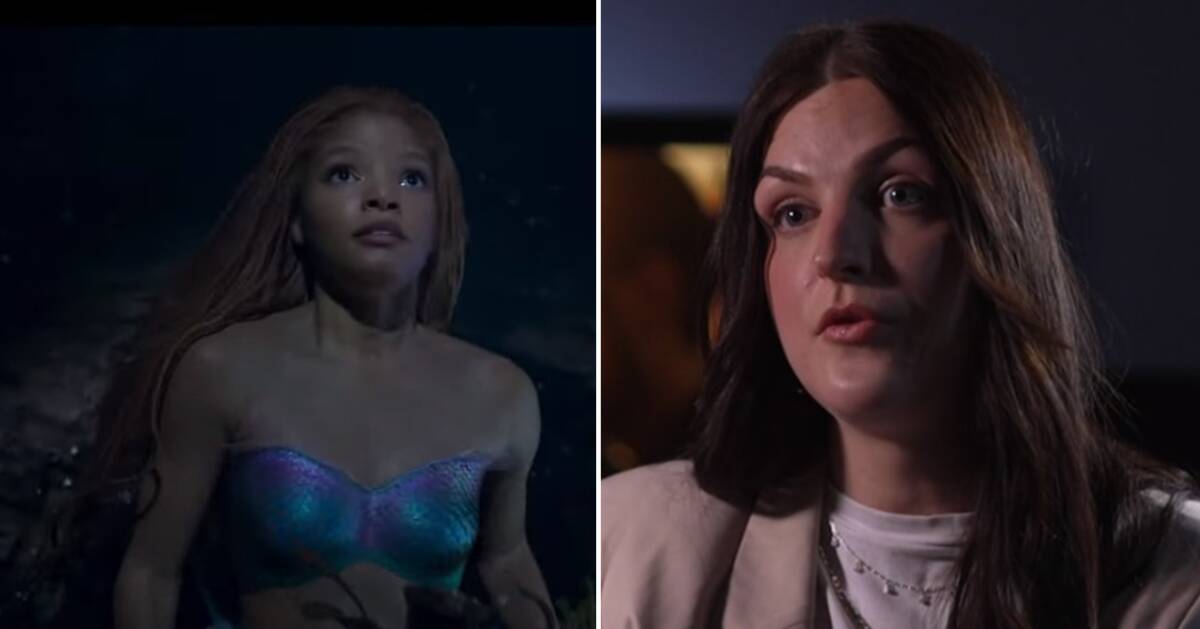The lighting of blockbusters and TV series is being questioned. When trailers for the Disney films "Peter Pan & Wendy" and "The Little Mermaid" were released, critical voices felt that the grading was far too dark.
It was simply hard to see.
To Kulturnyheter, colorist Emmy Kindstrand explains that dark lighting is a trend that has been going on for several years.
"20 years ago it was more grey and dull, a bit more realism. Now people dare to take in more, with the development of technology you can push it. But we also live in a rather dark time, which means that more dark and dramatic stories are told, which you want to highlight and reinforce," she says.
Artistic backlash
The trend is also believed to be an artistic backlash to the bright films that have long dominated among the blockbusters. Clear light tones run like a red thread in everything from the nineties "Titanic" to the 10th century superhero movies.
"I can understand the criticism. But do you need to see everything? Sometimes I myself think it is a little too dark. But it's simply a matter of taste, says Emmy Kindstrand.
Even the commercials have become darker in their grading, she says.
"You film it digitally but want it to look analog. Think disposable cameras, lots of film grain, and the Spice Girls.
Screens affect
Not only the external situation affects the film industry. So do trends in other art forms and social media. The screen is a tricky component for colorists, as it can affect the light very differently.
"It's always difficult to relate to what level to go to, many people usually start from a laptop," says Emmy Kindstrand.
To be a colorist is to be the last piece of the puzzle in a long production, explains Emmy Kindstrand, who works with everything from drama series and commercials to music videos:
– Grading is very important for storytelling, it kind of sets the tone for what you see on the screen, without grading it would look pretty boring.

